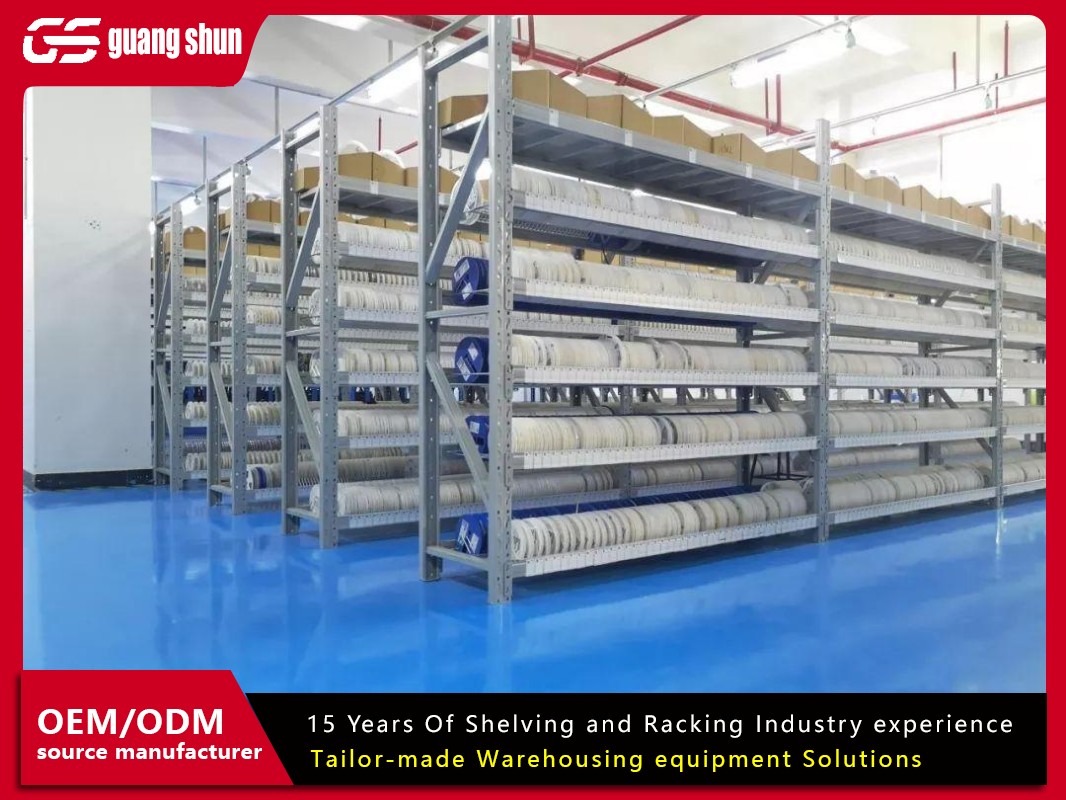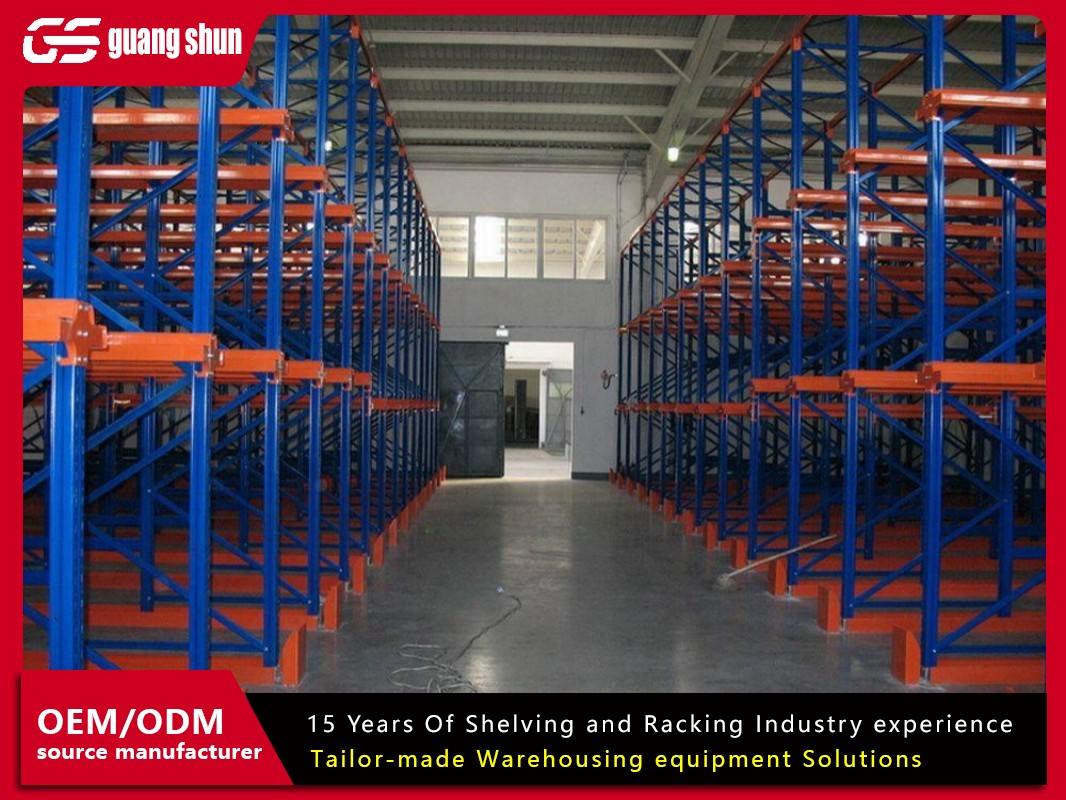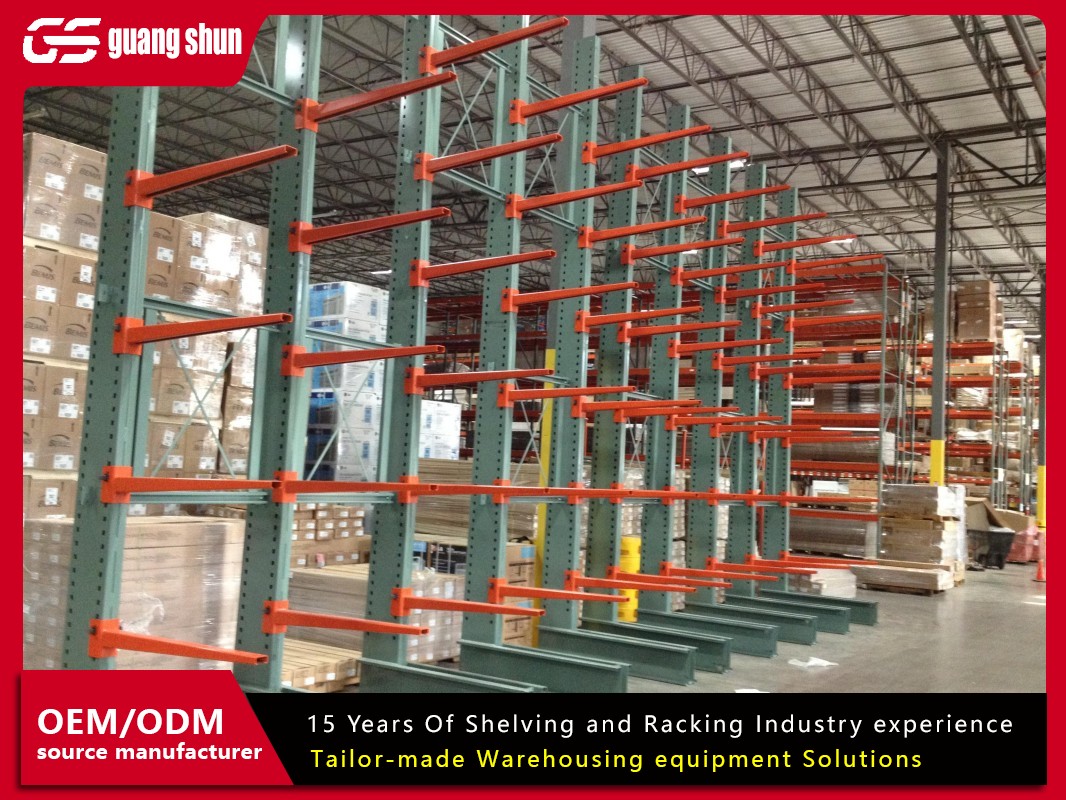In the bustling heart of every distribution center, manufacturing plant, or e-commerce fulfillment operation stands a silent, indispensable hero: warehouse shelves. These structural workhorses are the foundational framework upon which the entire logistics industry is built. More than just metal frames, a well-designed shelving system is a critical component of inventory management, operational efficiency, and workplace safety. The right warehouse storage solution can dramatically increase storage density, improve picking accuracy, and reduce labor costs. Conversely, choosing the wrong system can lead to inefficiency, product damage, and even catastrophic accidents. This comprehensive guide will delve deep into the world of warehouse shelving, exploring the various types available, key selection criteria, best practices for maintenance, and the most common problems faced by warehouse managers today. Understanding the intricacies of these systems is the first step toward optimizing your storage space and supercharging your operational throughput.
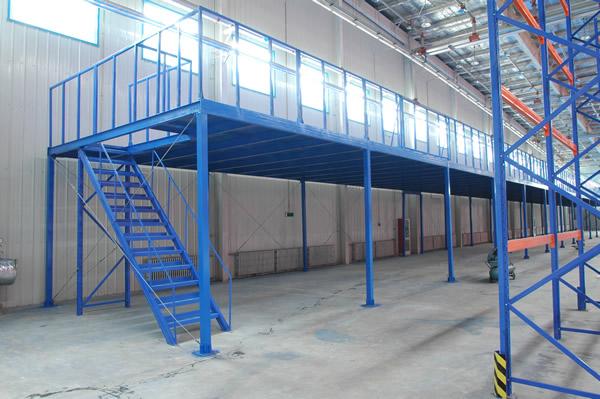
What Are Warehouse Shelves and Why Are They So Crucial?
At their core, warehouse shelves are storage systems designed to hold pallets, boxes, and other inventory items in an organized and accessible manner. They transform unused vertical cube into valuable storage real estate, allowing businesses to store more goods in the same footprint. Their importance cannot be overstated. An optimized shelving system directly contributes to:
Maximized Space Utilization: By going vertical, you leverage the full cubic volume of your facility, reducing the need for expensive expansion or relocation.
Enhanced Inventory Organization: Systems like bin shelving create dedicated locations for every SKU, making inventory counts faster and reducing picking errors.
Improved Safety: Properly installed and loaded shelving protects employees from the dangers of falling items and collapsed storage structures.
Increased Efficiency: A logical layout aligned with your workflow (e.g., high-turnover items at waist level) minimizes travel time for warehouse staff, speeding up order fulfillment.
The strategic selection and implementation of industrial shelving is, therefore, not an overhead cost but a significant investment in your supply chain's backbone.
Different Types of Warehouse Shelving Systems
Not all storage needs are created equal, and thankfully, neither are warehouse shelves. Selecting the right type depends on your inventory characteristics, budget, and operational workflow.
1. Pallet Racking
This is the heavyweight champion of the warehouse, designed specifically for storing goods on pallets.
Selective Pallet Racking: The most common type. It offers direct access to every pallet, making it ideal for warehouses with a diverse SKU base. It's highly versatile but has a lower storage density.
Drive-In/Drive-Through Racking: A high-density system where forklifts drive directly into the rack structure to load and unload pallets. It's perfect for storing large quantities of the same product (e.g., cold storage for food). However, it offers last-in, first-out (LIFO) or first-in, first-out (FIFO) access only.
Push-Back Racking: Another high-density option where pallets are stored on nested carts on slightly inclined rails. When a new pallet is loaded, it pushes the existing pallets back. It operates on a LIFO principle and is excellent for medium-to-high-skew products.
2. Cantilever Racking
Easily identifiable by its long arms extending from a central column, cantilever racks are the go-to solution for storing long, bulky, or awkwardly shaped items like lumber, pipes, furniture, or sheet metal. The absence of front-facing vertical beams allows for unobstructed loading and unloading.
3. Mobile Shelving or Carousel Systems
For operations severely constrained by floor space, mobile shelving is a revolutionary solution. The shelving units are mounted on tracks and can be moved electronically to create access aisles only where and when needed. This can increase storage capacity by up to 80% within the same footprint, though it requires a higher initial investment.
4. Mezzanine Floors
While not shelving in the traditional sense, mezzanines are a powerful way to add a second (or third) level to your warehouse. They effectively double your available floor space and can be fitted with a variety of shelving units on top to create a multi-tiered storage solution for smaller items or work-in-progress inventory.
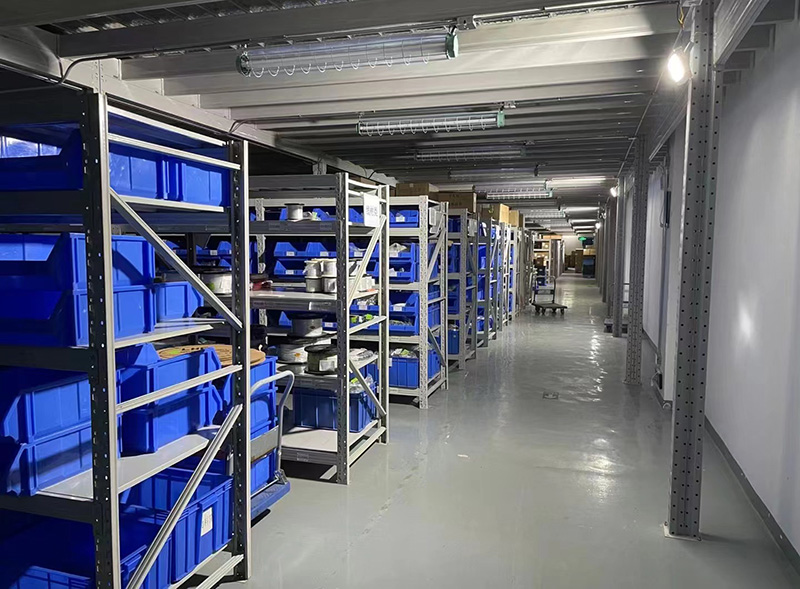
Key Factors to Consider When Choosing Warehouse Shelves
Investing in a shelving system is a major decision. Here are the critical factors to evaluate before making a purchase:
Inventory Profile: What are you storing? Consider the weight, dimensions, and fragility of your items. Lightweight boxes require different shelving than heavy pallets of steel.
Weight Capacity: This is paramount. You must know the total weight each bay of shelving will need to support, including the weight of the inventory and the shelving itself. Always choose a system with a capacity rating that exceeds your maximum expected load.
Available Space and Layout: Precisely measure your warehouse's dimensions, including ceiling height, door clearances, and potential obstructions like sprinklers. Map out your workflow to ensure the shelving layout facilitates efficient movement of people and machines.
Forklift and Equipment Access: The type of material handling equipment you use (e.g., narrow-aisle reach trucks vs. counterbalance forklifts) will determine the required aisle width and the appropriate racking type.
Budget and Scalability: Consider both the initial capital outlay and the long-term value. A slightly more expensive, modular system that can be easily reconfigured and expanded as your business grows is often a wiser investment than a cheaper, fixed alternative.
Common Problems and Pitfalls with Warehouse Shelves
Even the best systems can encounter issues. Being aware of these common problems is the first step in preventing them.
1. Overloading and Improper Loading
This is the most frequent and dangerous mistake. Exceeding the designated weight capacity of a shelf or beam can lead to structural fatigue, bending, and ultimately, collapse. Similarly, unevenly distributing weight on a shelf (e.g., placing all heavy items on one side) creates instability.
2. Poor Installation and Lack of Maintenance
Warehouse shelves must be installed correctly on a level floor and securely anchored to prevent tipping. Over time, bolts can loosen, and beams can become damaged from forklift impacts. A lack of regular inspection and maintenance allows these small issues to develop into major hazards.
3. Damage from Forklifts
Forklift collisions are a leading cause of racking damage. Even a minor impact can misalign upright frames or compromise the structural integrity of a beam. A single damaged component can weaken the entire system.
4. Inadequate Safety Measures
Failing to install column guards, post protectors, and beam safety locks is an invitation for disaster. Without these basic safety features, a small forklift impact can have catastrophic consequences. Furthermore, not training staff on safe loading practices and weight limits is a critical oversight.
5. Choosing the Wrong Type of Shelving
Trying to store pallets on shelving designed for light parts, or using selective racking for high-density storage, leads to inefficiency, wasted space, and potential safety risks. A poor initial choice is a costly problem to fix later.
Best Practices for Maintenance and Safety
Proactive care is essential for the longevity and safety of your storage systems.
Implement a Regular Inspection Schedule: Conduct formal inspections quarterly and encourage daily visual checks by operators. Look for signs of damage, rust, bending, or loose connections.
Train Your Workforce: Ensure every employee who operates near or interacts with the warehouse shelving understands load limits, safe loading techniques, and how to identify and report damage.
Address Damage Immediately: Do not operate a damaged rack. Have a clear protocol for immediately tagging and quarantining a compromised section until a qualified professional can repair or replace it.
Keep Aisles Clear: Ensure access aisles are free of debris and clearly marked. This minimizes the risk of collisions and ensures easy access for emergency personnel.
Use Proper Protective Equipment: Install sturdy column guards, post protectors, and wire mesh decking to contain falling items and absorb the impact of minor collisions.
The Future of Warehouse Shelving
The world of warehouse storage is not immune to technological advancement. The future is intelligent and automated.
Automated Storage and Retrieval Systems (AS/RS): These computer-controlled systems can automatically place and retrieve loads from designated locations, maximizing speed, accuracy, and density while reducing labor requirements.
IoT and Smart Racking: Sensors can be integrated into racking to monitor load weight in real-time, detect impacts, and even track inventory levels automatically, feeding data directly into a Warehouse Management System (WMS).
Advanced Materials: The use of stronger, lighter alloys and composites will allow for shelving that can support greater loads with slimmer profiles, further maximizing storage space.
Warehouse shelves are far more than simple static storage; they are a dynamic and critical asset that dictates the flow, efficiency, and safety of your entire operation. From the robust strength of pallet racking to the space-saving ingenuity of mobile shelving, choosing the right system requires careful analysis of your specific needs. By understanding the different types available, rigorously adhering to weight limits, implementing a robust safety and maintenance culture, and being mindful of common pitfalls, you can ensure your investment in industrial shelving pays dividends in productivity and protection for years to come. The backbone of your warehouse deserves nothing less than the best possible support.



